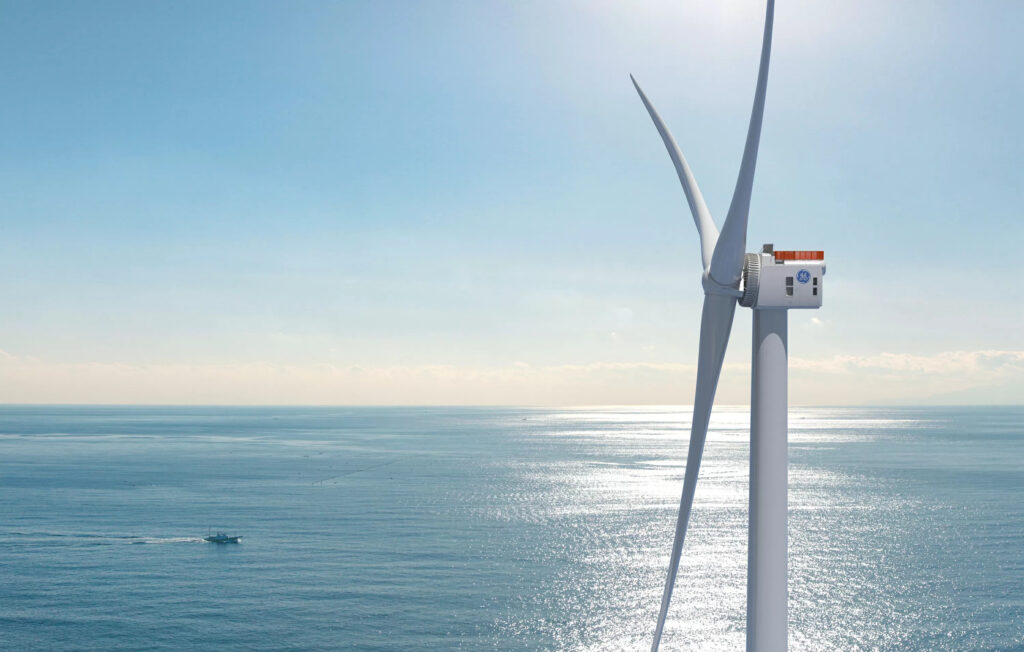This article was updated at 15:05 on 23 August 2024 with a statement from GE Vernova.
A wind turbine blade at the Dogger Bank A offshore wind farm in the UK, currently under construction, has sustained damage and failed.
The blade failure occurred on the morning of 22 August. According to the Dogger Bank Wind Farm consortium, no one was injured or in the vicinity when the damage occurred. The surrounding marine area was restricted, and relevant authorities were notified.
The consortium is working closely with the turbine manufacturer, GE Vernova, which has initiated an investigation into the cause of the incident.
“On August 22, a turbine at the Dogger Bank wind farm experienced an isolated blade event that occurred during commissioning. No injuries occurred, and GE Vernova’s Wind Fleet Performance Management team has initiated investigation protocols into the event in coordination with our customer,” a GE Vernova spokesperson said in a statement to offshoreWIND.biz.
Dogger Bank A is currently in the wind turbine installation stage. In July, 20 turbines were fully installed at the project site, with several more in place but only with towers and nacelles installed.
The installation of blades at Dogger Bank was affected by a blade failure on a GE Vernova wind turbine in the US last month and the subsequent investigation and quality control work.
As reported on 25 July, the breakage of the blade on one of GE Vernova’s Haliade-X wind turbines at the Vineyard Wind 1 offshore wind farm in the US was caused by a manufacturing deviation, according to the preliminary investigation.
GE Vernova has launched a quality check of all offshore wind blades made at its factory in Gaspé, Canada, where the blade that was installed at Vineyard Wind 1 and broke off was produced.
Meanwhile, work on the US offshore wind farm was halted by the government, which later removed some restrictions, allowing for the installation of nacelles and towers to resume. This means the same wind turbine installation work is currently being carried out on both Dogger Bank A and Vineyard Wind 1.
Two months before the blade incident at Vineyard Wind 1, there was another blade event at Dogger Bank A.
At the beginning of May, a blade on an installed turbine at Dogger Bank A also sustained damage, after which GE Vernova launched an investigation. Initial findings indicated the damage was due to an installation error.
Dogger Bank A will comprise 95 GE Haliade-X 13 MW wind turbines and is the first of three 1.2 GW phases of what will become the world’s largest offshore wind farm once completed.
The Dogger Bank Wind Farm project is owned by a consortium of SSE Renewables, Equinor, and Vårgrønn.
The entire 3.6 GW Dogger Bank Wind Farm project is scheduled to be completed in 2026.
Original Story at www.offshorewind.biz
